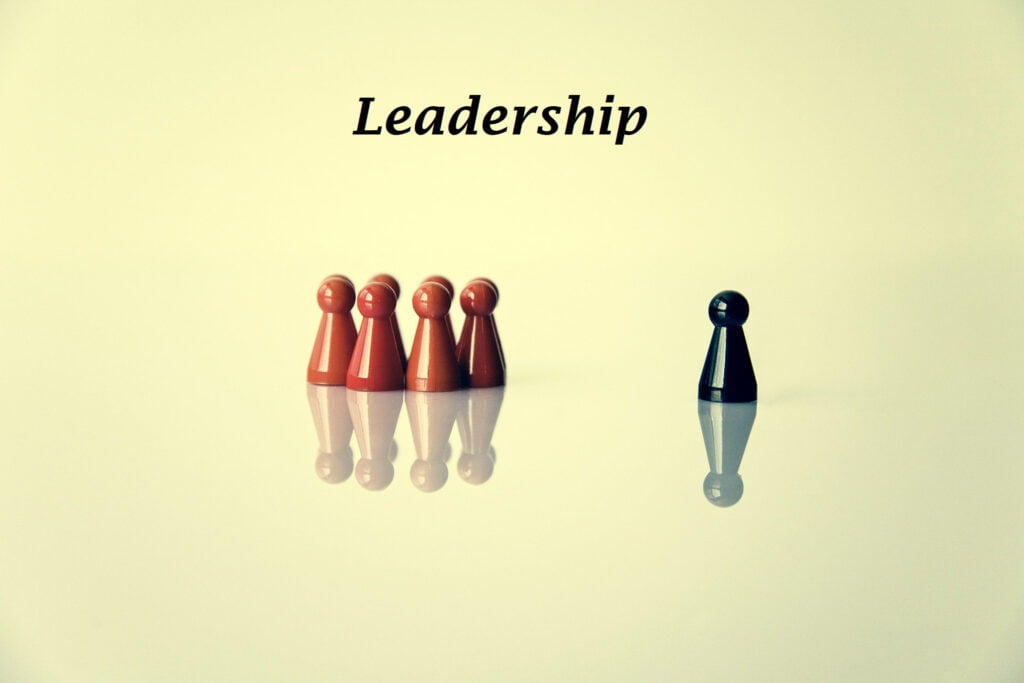[ad_1]
In this article, we will discuss the various power dynamics that are present in the workplace and how to navigate them successfully. Understanding power dynamics is crucial for effective leadership and creating a positive working environment. We will look at different sources of power, the impact of power dynamics on team dynamics, and strategies for managing power in the workplace.
What are the different sources of power in the workplace?
In the workplace, power can stem from various sources, including formal authority, expertise, control over resources, and personal relationships. Formal authority is derived from an individual’s position in the organizational hierarchy, such as a manager or team leader. This type of power is accompanied by the ability to make decisions, assign tasks, and influence others based on their position of authority.
Expertise is another source of power that is based on an individual’s knowledge, skills, and experience in a particular area. Those who possess expert power are often sought after for their opinions and guidance, and their expertise can influence the decisions and actions of others. Control over resources, such as budget, equipment, or information, also confers power in the workplace. The ability to allocate resources can influence the actions and behaviors of others.
Lastly, personal relationships and networks can be a source of power. Individuals who have strong social connections and influence within the organization can leverage their relationships to advance their own agendas and influence the decisions of others. Understanding these different sources of power is crucial for navigating the complex dynamics of the workplace.
How do power dynamics impact team dynamics?
Power dynamics play a significant role in shaping team dynamics within the workplace. Power imbalances can lead to conflict, resentment, and a lack of collaboration among team members. When one individual or a small group holds a disproportionate amount of power, it can lead to a breakdown in communication, trust, and productivity within the team.
On the other hand, when power is distributed more evenly among team members, it can lead to a more harmonious and cohesive working environment. In such scenarios, team members are more likely to feel empowered, valued, and motivated to contribute to the overall success of the team. Understanding the impact of power dynamics on team dynamics is crucial for creating a positive and productive work environment.
What are some strategies for managing power in the workplace?
Managing power dynamics in the workplace requires a combination of effective communication, transparency, and a focus on fairness and equity. Leaders and managers can create a culture of open communication and collaboration that empowers all team members to contribute their ideas and perspectives. Encouraging feedback, active listening, and valuing diverse viewpoints can help mitigate power differentials and create a more inclusive work environment.
Transparency is also essential for managing power in the workplace. When individuals understand the basis of power within the organization and how decisions are made, it can help foster trust and accountability. Additionally, promoting fairness and equity in decision-making processes can help balance power dynamics and ensure that all team members feel valued and respected.
How can leaders navigate power dynamics in the workplace?
Leaders can navigate power dynamics in the workplace by leading with integrity, empathy, and a focus on serving the needs of their team members. By demonstrating ethical behavior, being empathetic and understanding the perspectives of others, and prioritizing the well-being of the team, leaders can build trust and credibility. Leaders should also be aware of their own influence and how it impacts others, and be mindful of how their decisions and actions affect different members of the team.
It’s also important for leaders to be self-aware and open to feedback, recognizing their own biases and privileges, and actively working to create a more inclusive and equitable work environment. By modeling a positive and respectful approach to power, leaders can set the tone for the rest of the organization and cultivate a culture of mutual respect and collaboration.
Conclusion
Understanding and navigating power dynamics in the workplace is essential for creating a positive and inclusive work environment. By recognizing the different sources of power, understanding the impact of power dynamics on team dynamics, and implementing strategies for managing power, organizations can foster a culture of trust, collaboration, and fairness. Leaders play a crucial role in navigating power dynamics by leading with integrity, empathy, and a focus on serving the needs of their team members. By following these principles, organizations can create a workplace where all individuals feel empowered and valued.
FAQs
What is the impact of power dynamics on team dynamics?
Power dynamics can significantly impact team dynamics, leading to conflict, resentment, and a lack of collaboration when power imbalances exist. On the other hand, when power is distributed more evenly, it can lead to a more harmonious and cohesive working environment.
How can leaders navigate power dynamics in the workplace?
Leaders can navigate power dynamics by leading with integrity, empathy, and a focus on serving the needs of their team members. They should also be self-aware, open to feedback, and actively work to create a more inclusive and equitable work environment.
What are some strategies for managing power in the workplace?
Effective communication, transparency, and a focus on fairness and equity are key strategies for managing power in the workplace. Creating a culture of open communication, encouraging feedback, and promoting fairness in decision-making processes are all essential.
What are the different sources of power in the workplace?
The different sources of power in the workplace include formal authority, expertise, control over resources, and personal relationships. Understanding these sources is crucial for navigating the complex dynamics of the workplace.
Why is understanding power dynamics important in the workplace?
Understanding power dynamics is important in the workplace because it helps to create a positive and inclusive work environment. By recognizing the different sources of power and understanding their impact on team dynamics, organizations can foster a culture of trust, collaboration, and fairness.
[ad_2]




